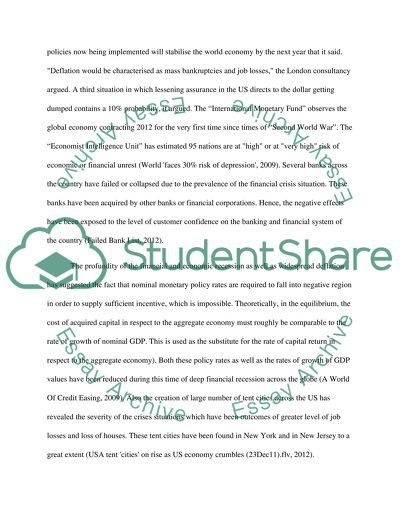Cite this document
(“Today's Crisis - 2009 vs. 2007 Crisis Essay Example | Topics and Well Written Essays - 2000 words”, n.d.)
Today's Crisis - 2009 vs. 2007 Crisis Essay Example | Topics and Well Written Essays - 2000 words. Retrieved from https://studentshare.org/finance-accounting/1451084-today-s-crisis
Today's Crisis - 2009 vs. 2007 Crisis Essay Example | Topics and Well Written Essays - 2000 words. Retrieved from https://studentshare.org/finance-accounting/1451084-today-s-crisis
(Today'S Crisis - 2009 Vs. 2007 Crisis Essay Example | Topics and Well Written Essays - 2000 Words)
Today'S Crisis - 2009 Vs. 2007 Crisis Essay Example | Topics and Well Written Essays - 2000 Words. https://studentshare.org/finance-accounting/1451084-today-s-crisis.
Today'S Crisis - 2009 Vs. 2007 Crisis Essay Example | Topics and Well Written Essays - 2000 Words. https://studentshare.org/finance-accounting/1451084-today-s-crisis.
“Today'S Crisis - 2009 Vs. 2007 Crisis Essay Example | Topics and Well Written Essays - 2000 Words”, n.d. https://studentshare.org/finance-accounting/1451084-today-s-crisis.


